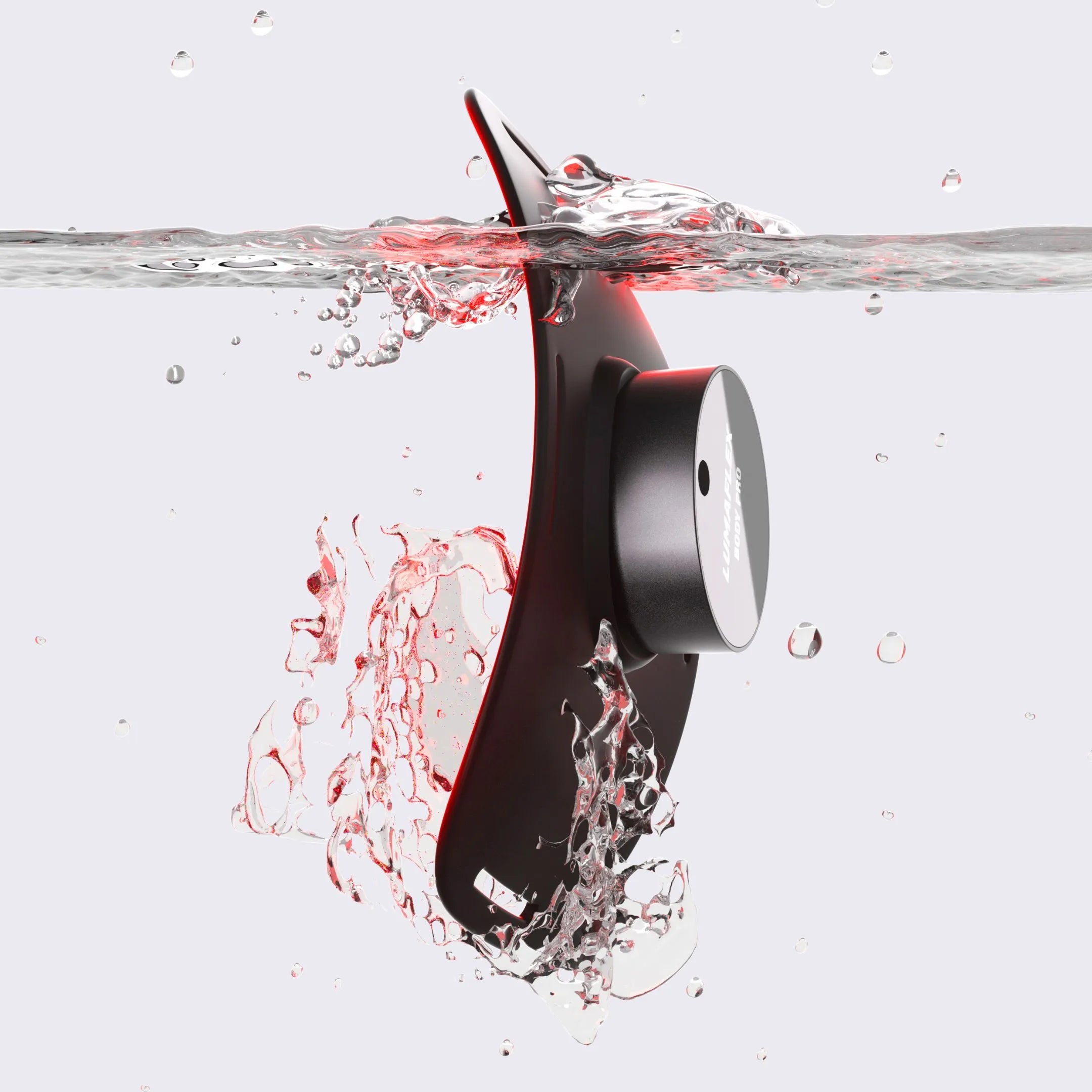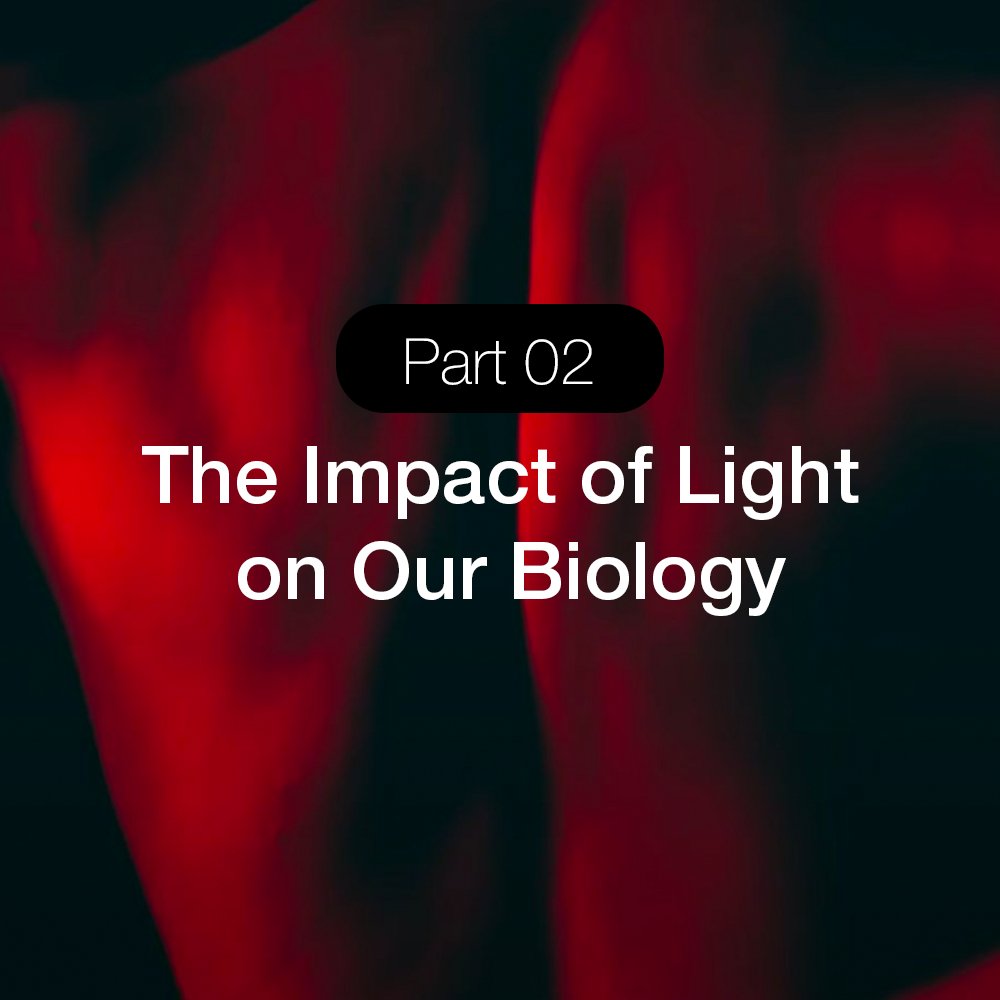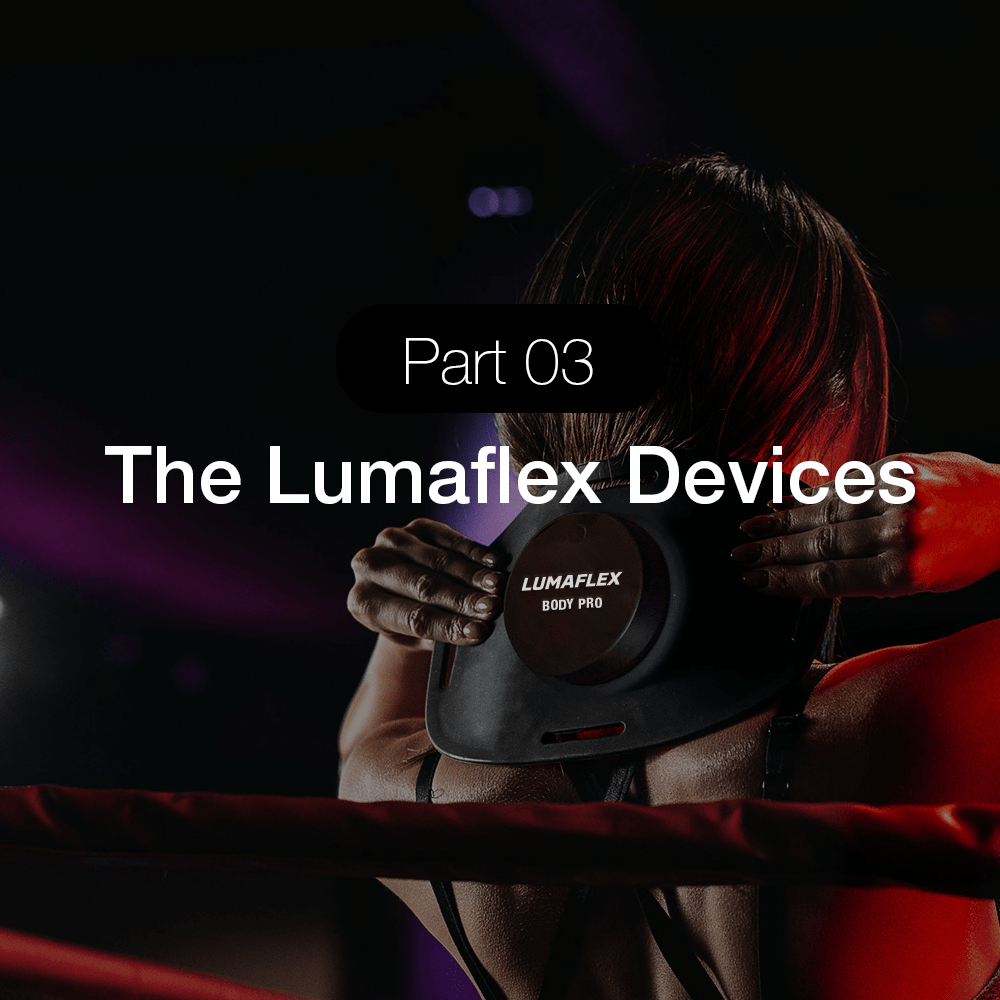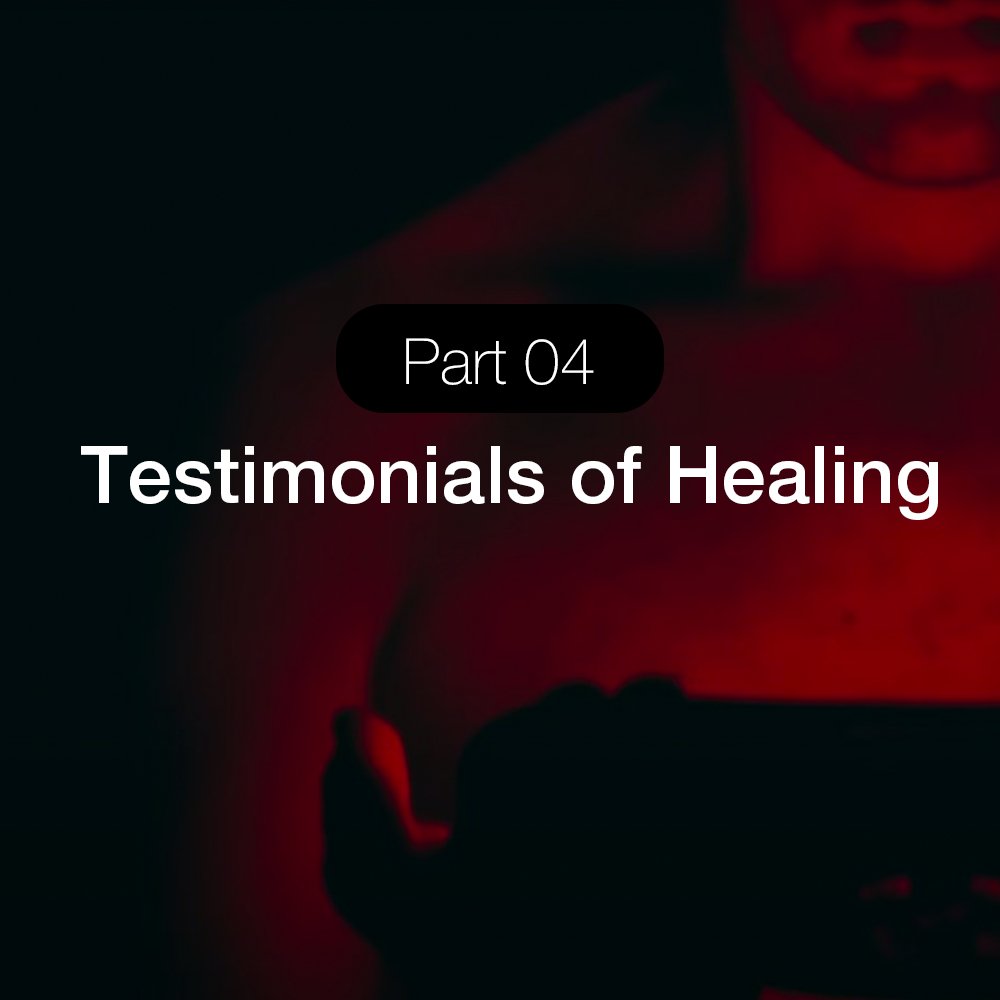Investigating the Effects of Red Light Therapy on Estrogen Levels
Red Light Therapy Estrogen: In the wellness world, the quest for natural non-invasive treatments never ceases. Among these emerging treatments is one that attracts the attention of many healthy enthusiasts: red light therapy. With promises of brightening up your skin or even lifting your mood, it is not so surprising that many people will be interested in its probable impact on hormonal balance estrogen level being a particular concern.
Whether you're familiar with phototherapy or just starting your journey into the world of alternative treatments, this is the perfect place to explore the effects of red light therapy on estrogen and its potential health benefits.
Table of content
The Role of Estrogen in the Body
Before going into the potential therapeutic effects of red light therapy on estrogen, some background is needed on the general role of estrogen in the body. Estrogen does much more than just constitute a "female hormone" and is crucial for both women and men.

Overview of Estrogen and Its Functions
Estrogen is a group of hormones that are important in sexual and reproductive development in females. They are produced in the ovaries, adrenal glands, and fat tissues. Though estrogen is mainly known for its ability to regulate the menstrual cycle and support pregnancy, the role of estrogen is not limited to the reproductive system.
- Bone Health: Estrogen maintains bone density by coordinating with calcium, vitamin D, and other hormones. It is thus essential for preventing bone-loss conditions like osteoporosis.
- Heart Health: This hormone contributes to cardiovascular health since it regulates cholesterol production within the liver, which dictates how cholesterol moves through the bloodstream.
- Mood Regulation: Through neurotransmission with serotonin and other neurotransmitters, estrogen affects moods, emotions, as well as sometimes cognitive functionalities.
- Skin and Hair: It preserves healthy-looking skin by developing collagen synthesis that provides suppleness as well as moisturizing features. It ensures hair health by growing thicker in the hair growth area.
Factors Affecting Estrogen Levels
Estrogen levels are not fixed, but fluctuate and change based on many internal and external factors:
- Age and Menopause: When women age, especially past menopause, estrogen is significantly reduced, causing physiological changes.
- Body Weight: Estrogen is produced by fat cells. Increased estrogen is associated with greater levels of body fat, and lower amounts of body fat might diminish estrogen production.
- Medical Conditions: Disorders affecting the pituitary gland; thyroid dysfunction; and some other congenital conditions, including Turner syndrome, can influence estrogen output.
- Lifestyle Choices: These include diet, exercise level, stress, and overall exposure to environmental toxins: xenoestrogens in plastic products are included in this list.
- Medications: Medications such as hormonal birth control that directly affects estrogen levels or hormone replacement therapies.
Symptoms of Hormonal Imbalance
The body manifests various symptoms when estrogen levels are not in balance. Recognition of these symptoms is the first step to understanding and possibly correcting the imbalance:
- Irregular Menstrual Cycles: Changes in frequency, intensity, and duration of menstrual periods can be a sign of fluctuating estrogen levels.
- Hot Flashes and Night Sweats: Some general changes that occur in females at midlife can represent a decrease in estrogen level post-menopause.
- Mood Swings and Depression: Changes in hormone levels may cause emotional disturbances; such as sudden mood swings, irritability, or feeling sad.
- Weight Gain: Especially in the abdominal area, weight gain may be associated with lower levels of estrogen.
- Fatigue: Chronic or unexplained fatigue and low energy levels may be due to hormonal imbalances.
- Memory Fog: Difficulty concentrating or memory lapses may be associated with hormonal changes, especially during menopause.
As you can read, estrogen is more than a chemical messenger; in fact, it plays a vibrant, multifaceted role in our lives. The promise of red light therapy is, it might provide a very natural way of supporting this hormonal function-however? Stay tuned while we uncover the mechanisms and possible health benefits of including red light therapy in your routine.
Investigating Red Light Therapy's Impact on Hormonal Balance

The hormonal balance of the body is quite complex, yet very crucial to every individual's overall health. Hormones such as estrogen play critical roles in the regulation of many bodily functions. With alternative therapies coming into the spotlight, researchers are looking to analyze whether red light therapy affects hormonal equilibrium. How exactly does it affect our hormonal dance? Can it create a really meaningful impact? Let's dive into the world of phototherapy and hormones.
Current Research on Red Light Therapy Estrogen and Hormones
Research these days is taking the whole world by storm, for the scientific community is at its initial stage of unraveling all the nuances involving red light therapy. However initial studies have revealed that red light therapy can influence a cascade of hormones including cortisol, and testosterone, among others; yet, all eyes will be on estrogen -the 'mother' hormone that hangs many women's health worries.
Some research indicates that red light therapy can elevate cellular energy, thereby allowing the body to heal and balance. Such physiological uplifting might have a ripple effect, helping the body regulate hormone production in a balanced and efficient manner. The study's findings are encouraging, but certainly, more in-depth studies will be needed to solidify these connections.
Does Red Light Therapy (Estrogen) Help with Hormonal Imbalance?
Hormonal imbalance leads to frustrating symptoms in many patients, ranging from mood swings to chronic fatigue. It is a bit attractive that a non-invasive therapy like red light can balance hormones. Such is a great claim concerning symptom improvements; however, it hasn't reached scientific validation.
- Energy and Mood: Some users experience a better mood and energy level, possibly due to improved hormonal balance by red light therapy.
- Skin Health: There is improvement in the texture and elasticity of the skin, which may be related to the hormonal adjustments at the cellular level.
Those hopes and the promise of these therapies are very exciting, but anyone thinking of getting red light therapy must also consider it to be one element within a holistic wellness program, not a panacea.
Red Light Therapy Estrogen Levels

Red light therapy, with the promise of regulating estrogen-related conditions such as PMS or menopause, has taken off as an area of research in terms of its effects on estrogen levels.
Mechanisms of Action: How Red Light Affects Estrogen
One cannot hack a system which understanding red light-how it relates to estrogen in the body. The biological mechanism for this is red light penetration through the skin reaching the cell. Such interaction can:
- Stimulate Cellular Function: Boosting mitochondrial energy production, red light may stimulate the body's natural hormone production processes.
- Reduce Inflammation: Lower levels of inflammation may enable the body's endocrine system to rebalance more effectively.
These actions will ensure a better harmonization environment of hormones, which will both physical and psychological health.
Does Red Light Therapy Reduce Estrogen?
There is no strong evidence so far that red light therapy directly lowers estrogen levels. Instead, the emphasis here is on achieving a level of homeostasis or balance in hormone levels.
- Regulation vs. Reduction: The goal should not be a reduction in estrogen but encouraging the body's self-regulation mechanisms.
The connection between red light therapy and estrogen is complicated and would be further researched to make firmer conclusions.
Potential Benefits for Women's Health
The potential benefits of red light therapy on women's health are many. The majority of the potential advantages are in conjunction with the balanced estrogen levels, thereby improving the quality of life.
1. Alleviating Menopausal Symptoms: Among the most reported benefits are reduced hot flashes and improved sleep quality.
2. Skin Rejuvenation: Otherwise well-balanced endocrine system may be the cause for improved skin clarity and elasticity.
3. Mood and Mental Clarity: Psychologically, increased mental clarity and stable moods- the symptoms most commonly associated with hormonal imbalance -are discovered as a result.
Adding red light therapy could give women the added control over their hormonal wellness they need to take greater care of their health from an overall wellness perspective.
In summary, the relationship between red light therapy and estrogen levels is very exciting and still a frontier to be researched. Preliminary results are promising, but ongoing research will be necessary in order to unlock the full potential of this therapy in relation to women's health benefits.
Conclusion
Red light therapy is becoming one of the buzzwords of wellness circles and for all the right reasons! The potential for its effects on the estrogen level to be positively impacted, thereby promoting hormonal balance, is huge when it comes to women's health. It offers a non-invasive option that promotes general well-being, opening up further avenues of research.
If you are curious about red light therapy, then consider talking it over with a healthcare professional. The gentle glow may just be the shining path to better balance and health!































